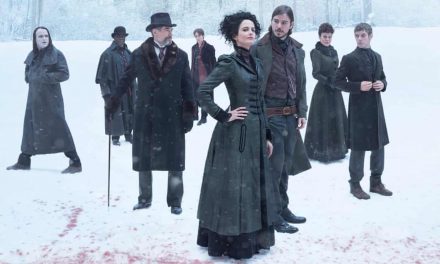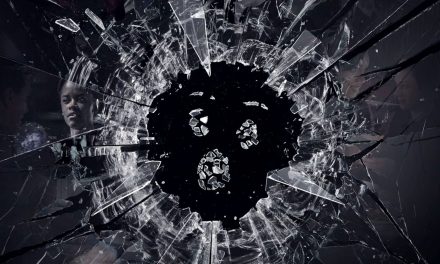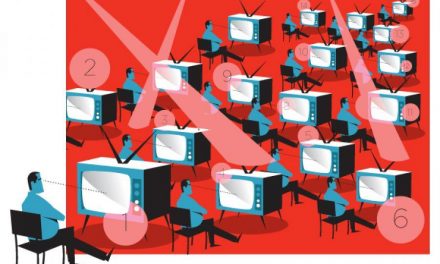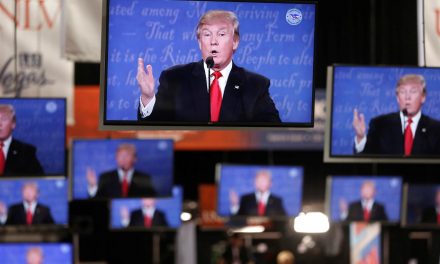edited by Anna Viola Sborgi, Lawrence Napper and Nicoletta Vallorani
This issue of Other Modernities will investigate cultural representations of contemporary London, from the viewpoint of the present historical moment, looking back at how the perception of the city’s cosmopolitan identity has developed. In the 20th and 21st century London has emerged as a global, cosmopolitan capital attracting visitors and migrants alike for its close association with an image of cultural openness, diversity, and inclusion. This association, however, has repeatedly been contested. Periodical resurgences of nationalism in specific historical moments leading to radical socio-political transformations and upheaval have often undermined the perception of a peaceful and inclusive cohabitation within the city: the 1931 Battle of Cable Street, the mid-1970s rise of the British National Front, the Brixton and London riots in 1981 and 2011, respectively, and, more recently, the post-Brexit cultural shock. Although these could be understood as episodic moments of crisis, they were also prepared by an endemic coexistence, within the very space of the metropolis, of different and often very contradictory discourses. London has always been, at one and the same time, a space of opportunity and of widening social inequality, of inclusion and exclusion.
An exploration of these conflicting discourses and of their cultural representations becomes urgent and crucial in this particular historical moment, in which on the one hand, London is experiencing a deep “crisis of conviviality” (Georgiou 2016) and might be on the verge of losing its cosmopolitan status – and, on the other, the preservation of this particular identity has been strongly advocated both by London dwellers – who perceive themselves as very distinct from the rest of the country – and by the local institutions, in particular by the newly elected mayor Sadiq Khan, with his media campaign #londonisopen.
The urban space is a privileged site of negotiation for a series of challenges such as overpopulation, pollution, gentrification, urban sprawl and socio-political conflict, social, ethnic and gender inclusion and exclusion (Harvey 2001, Lees 2016, Madden and Marcuse 2016, Massey 1994). These challenges are not only mirrored in cultural representations of the city – from cinema to television, from photography to the press – but they are constantly re-defined and negotiated within these different media, shaping, in a two-way process, the political and social debate about urban life (Brunsdon 2007 and 2009, Georgiou 2013, Shiel 2001, Shonfield 2000, Webb 2014).
We welcome proposals analysing the cultural representations of London in the 20th and 21st century in a wide range of formats and media (the press, popular and urban culture), with a particular emphasis on the visual (film, television, photography, visual adaptation of literary works), and through different theoretical frameworks – media and urbanism, cultural geography, Queer and Cultural Studies – and approaches – close analysis, historical and archival research.
Topics for discussion may include, but are not limited to:
- Racial tensions within the city and immigration
- Cosmopolitanism
- Brexit and London
- Crisis
- Social inclusion and exclusion, especially in relation to class
- Gender and the urban space: appropriation and loss of spaces (i.e. Soho and the queer community)
- Housing as a site of social contestation: from the early 20th century slum clearances, to the post-war egalitarian housing project and its crisis
- The financialisation of the economy, austerity, the economic crisis and the widening inequality gap
- Gentrification, redevelopment and social displacement
- Public space and private space
- Environmental challenges within the city: green spaces, pollution.
To this purpose, the editorial board has established the following deadlines; authors should send in their proposals in the form of a 10 (min.) – 20 (max.) line abstract with a brief bio-bibliography to amonline@unimi.it (both in English and in the language of their choice) by 15th October 2017.
Full papers must be received by 15th February 2018. Other Modernities accepts contributions in Italian, Spanish, French and English.
The issue will be published late November 2018.
We also welcome book reviews and interviews to authors and scholars who investigate the aforementioned topics. Contributors are free to contact the editors to discuss and clarify the objectives of their proposals, with a view to making the issue as homogeneous as possible also from a methodological point of view. The editors can be contacted via the Editorial Secretary (amonline@unimi.it).
References
- BRUNSDON C., 2007, London in Cinema. The Cinematic City since 1945, Palgrave, London.
- GEORGIOU M., 2013, Media and the city: cosmopolitanism and difference, Polity Press, Cambridge.
- LEES L., H. BANG SHIN, E. LÓPEZ-MORALES (eds.), 2016, Planetary Gentrification, Polity, Bristol.
- LYNCH K., 1960, The Image of the City, MA: MIT Press, Cambridge.
- MASSEY D., 1994, Space, Place and Gender, University of Minnesota Press, Minneapolis.
- SHIEL M., T. FITZMAURICE (eds.), 2001, Cinema and the City: Film and Urban Societies in a Global Context, Blackwell, Oxford.
- SHONFIELD K., 2000, Walls Have Feelings: Architecture, Film and the City, Routledge, London.





